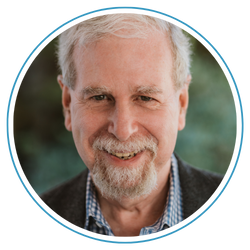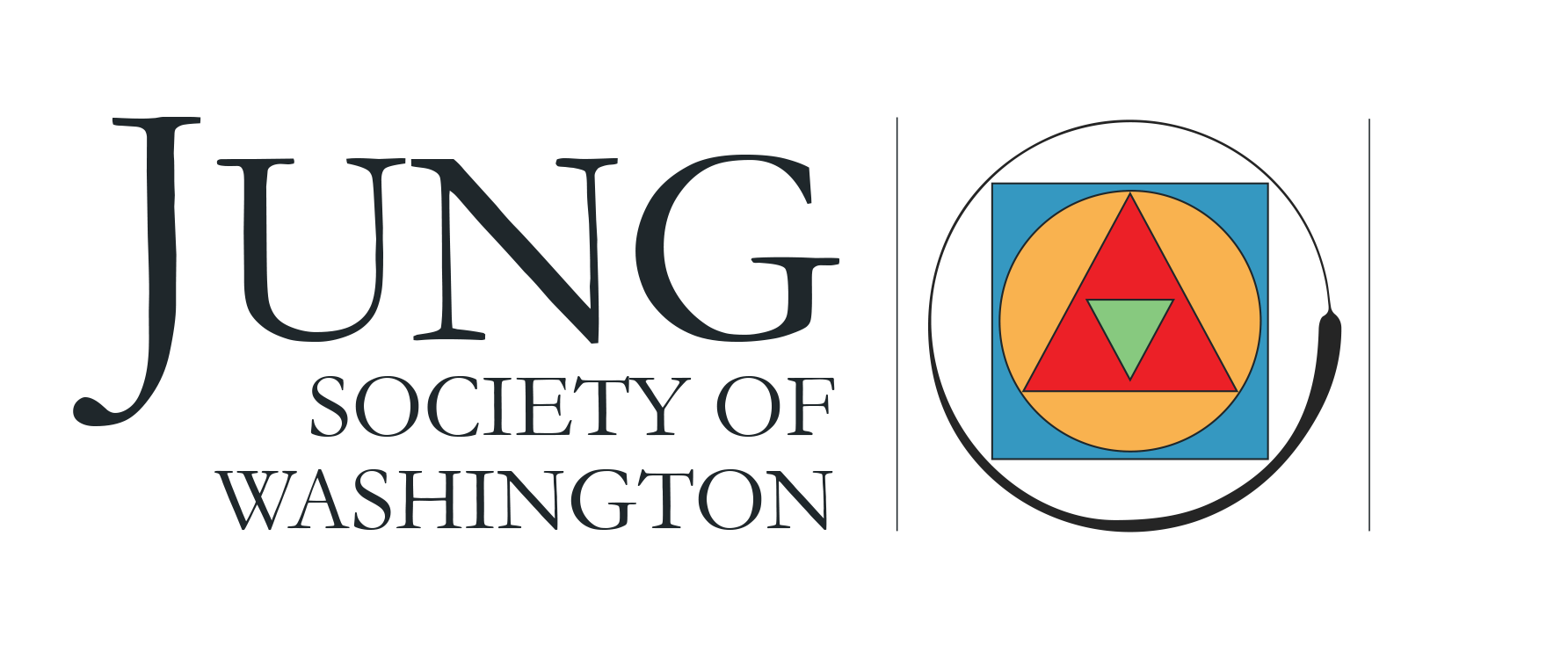One pathway to deepening our assessment of the value of the work of C. G. Jung is to explore how his thought developed in the context of the world around him. In academic circles, this type of study would belong to the field of intellectual history, though Jung’s work does not easily fit even into this category, given the centrality of non-rational, unconscious processes that he investigated through image, affect, and intuition, as well as the history of ideas. The overall goal here is not to simply recite his achievements, but to extend the methods he used into our own contemporary views. Where might some aspects of his approach lead in the 21st century?
In this short essay, I will look at the concept of the “psychoid” and suggest ways to modify and expand on Jung’s conceptions of this rather uncharted realm. While exposed to the concept early in his career (see Ann Addison, Jung’s Psychoid Concept Contextualised, for a detailed study of Jung’s use of the term psychoid), he did not deploy the notion into his theory of archetypes until 1946 in an Eranos lecture, which later became his essay “On the Nature of the Psyche,” which can be found in his Collected Works 8. There he states:
Just as the "psychic infra-red," the biological instinctual psyche, gradually passes over into the physiology of the organism and thus merges with its chemical and physical conditions, so the "psychic ultra-violet," the archetype, describes a field which exhibits none of the peculiarities of the physiological and yet, in the last analysis, can no longer be regarded as psychic, although it manifests itself psychically. But physiological processes behave in the same way, without on that account being declared psychic. Although there is no form of existence that is not mediated to us psychically and only psychically, it would hardly do to say that everything is merely psychic. We must apply this argument logically to the archetypes as well. Since their essential being is unconscious to us, and still they are experienced as spontaneous agencies, there is probably no alternative now but to describe their nature, in accordance with their chiefest effect, as "spirit" …. If so, the position of the archetype would be located beyond the psychic sphere, analogous to the position of physiological instinct, which is immediately rooted in the stuff of the organism and, with its psychoid nature, forms the bridge to matter in general.… Matter and spirit both appear in the psychic realm as distinctive qualities of conscious contents. The ultimate nature of both is transcendental, that is, irrepresentable, since the psyche and its contents are the only reality which is given to us without a medium. (par. 480)
In essence, the psychoid realm is taken as residing outside the possibility of awareness in either its material or its spiritual aspects. In his final version of the archetypal realm, Jung now referred to “the psychoid archetype” to indicate the cosmological significance of archetypes with their extension into matter and spirit. This reformulation and expansion of the archetypal concept was in part necessitated by his articulation of the synchronicity hypothesis, which involved a constellated archetype with an objective, as well as a subjective, dimension to account for the phenomena.
By delving into the nature of synchronistic experiences, aided by the developments in complexity theory since the 1980s, a revision of Jung’s model has become possible. Our understanding of synchronistic phenomena can be augmented by the study of emergent phenomena in complex adaptive systems. These allow for spontaneous self-organization under the right circumstances. The emergent forms that appear as a result are known to be non-reducible and holistic, i.e., they are more than the sum of their parts and cannot be explained in terms of the properties of the agents involved.
When exploring art works that in the fullness of time reveal understandings of the world not available during the era the works were produced, we can come to appreciate a synchronistic element at play but operating more at the cultural than individual level. I have argued that the intuitive leaps made in the class of art works in question implicate a psychoidal aspect in numerous instances and have suggested they point to a “psychoid imagination.” This aspect of the imagination accesses and allows expression of what can be later verified as a true and deep insight into nature. For example, some of Vincent van Gogh’s paintings, such as “The Starry Night,” reveal turbulence in a manner recognizable by physicists who acknowledge they have yet to fully describe the phenomenon captured in the painting. Thus, we might say that the psychoid imagination also has a noetic quality. In Varieties of Religious Experience, William James defined this quality as "states of insight into depths of truth unplumbed by the discursive intellect. They are illuminations, revelations, full of significance and importance, all inarticulate though they remain; and as a rule they carry with them a curious sense of authority.”
Ironically, Jung himself unknowingly displayed this capacity at times in his own artwork. He contracted “Spanish Flu” in 1919, and in his illustrations of a series of fever dreams he had as he was recovering, he captured some essential features of the form of the virus, which was not known at the time. By exploring this aspect of the imagination for insightful representations of the “objective” world, we can envision a further valuable application of analytical psychology able to help us articulate, engage, and apply the true imagination for transformational work of persons, cultures, and even nature.

Joseph Cambray, Ph.D., is the Past President and CEO of Pacifica Graduate Institute and Past President of the International Association for Analytical Psychology. He has served as the U.S. Editor for The Journal of Analytical Psychology and is on various editorial boards. He was a faculty member at Harvard Medical School in the Department of Psychiatry at Massachusetts General Hospital, Center for Psychoanalytic Studies, and former President of the C.G. Jung Institute of Boston. Dr. Cambray is a Jungian analyst, now living in the Santa Barbara area of California. His many publications include the book based on his Fay Lectures: Synchronicity: Nature and Psyche in an Interconnected Universe; a recent volume edited with Leslie Sawin, Research in Analytical Psychology, Volume 1: Applications from Scientific, Historical, and (Cross)-Cultural Research; and an earlier volume with Linda Carter, Analytical Psychology: Contemporary Perspectives in Jungian Psychology. He has published numerous book chapters and papers in a range of international journals.
